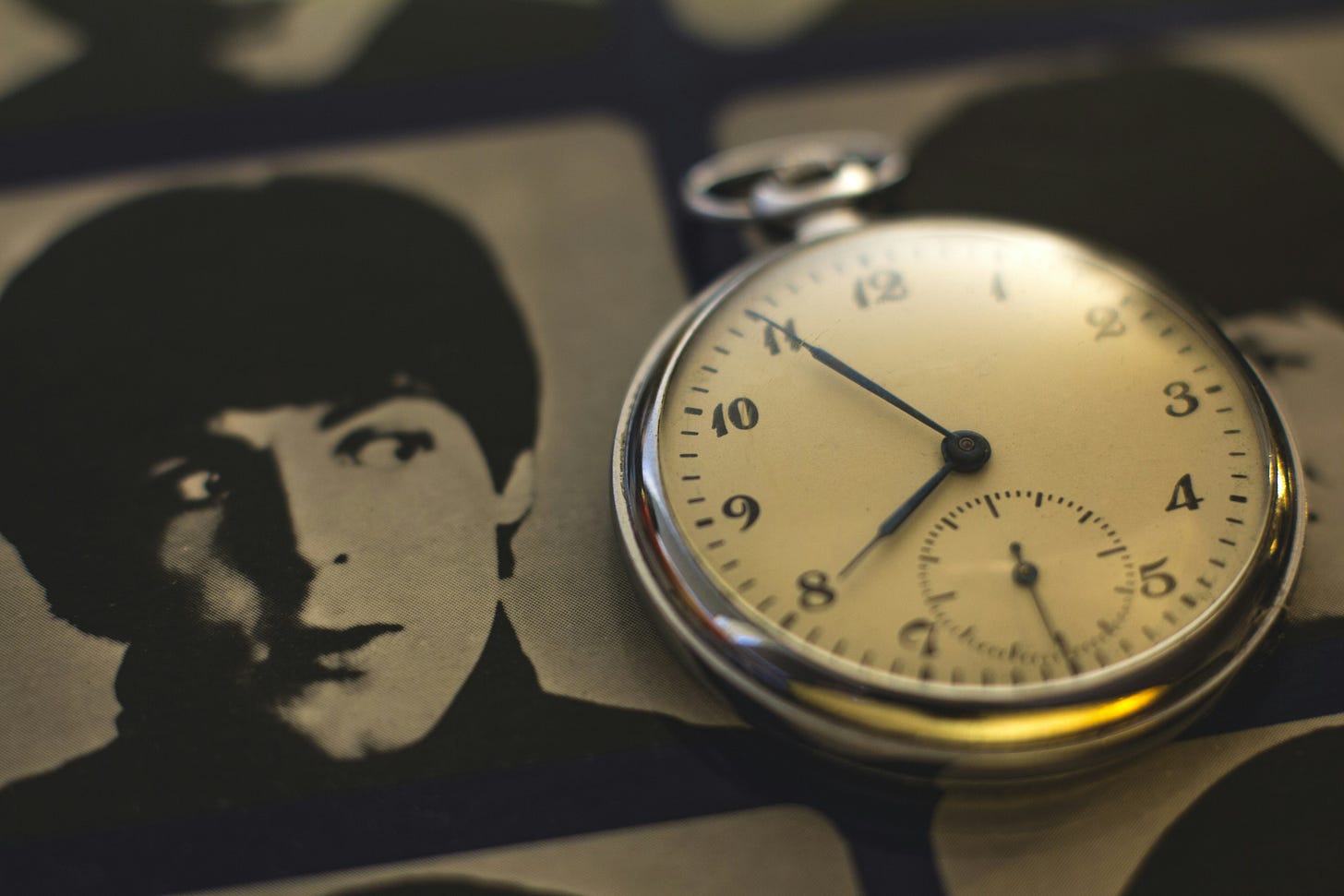There's a submission call or a contest deadline in ONE hour and you've got nothing to send...
Don't panic.
Photo by János Venczák on Unsplash
We flash fiction writers tend to be of similar ilk. First of all, we LOVE a challenge (who else embraces the idea of writing a whole, rich, satisfying story in fewer than 1,000 words?).
The whole flash culture is built around writing fast and often. Opportunities to enter contests or respond to submission calls abound. And these come with DEADLINES.
If you’re like me, you have, more than once, discovered one of these opportunities at the last minute. Maybe they were announced weeks or months ago, but somehow you missed that key bit of information and now, here you are, at 11:31 p.m., facing a midnight cutoff from a journal you’d REALLY like to publish in, or a contest you’d REALLY like a shot at winning, but…you’ve got nothing to submit. What do you do?
Well, my friend, I’m here to help. Keep reading to find out how, at the eleventh hour, I rescued a weak story from my drafts folder that 1. Got accepted at Wigleaf, 2. Was featured on the Read Short Stories blog, and 3. Won inclusion in Best Small Fictions 2023.
A second thing we flash writers have in common is the vast number of drafts we have at any one time, just sitting there, moldering in our files. Why? Because we’re always starting new things. After all, it doesn’t take long to draft a 500 word story, or dash off a micro in response to a prompt. Addicted to the short short form we love, we’re junkies for the thrill of making new things.
Yet sometimes those drafts don’t have much oomph to them. Sometimes they don’t seem to be going anywhere. We click “save” and promise ourselves we’ll come back and revise later. And many times we do! Bravo for that! If you’ve taken any of my workshops or followed this newsletter for long, you’ll know I believe in slow, patient, mindful revision before sending your flash out. I still believe this very strongly!
But okay, even with my own high-minded, persnickety Virgoan principles, I have found myself determined to meet a deadline with a piece I just don’t have time to revise slowly. Read this past article below for general tips on revision when you have somewhat more time on your hands:
“Chicago”: An Example
I’d seen a tweet from Scott Garson, the editor of Wigleaf, (consistently one of the best online journals out there), reminding everyone that their submission window was closing that very night at 11:59. At that point, the tweet was a few hours old. It had been a while since I’d published anything new and I LOVE Wigleaf and wanted to send them something. But I had nothing polished or even close to ready. Here’s what I did…
I frantically searched my files for anything halfway decent that I could hopefully get into shape in the hour I had at my disposal. I chose a draft entitled “Happy Days” that I remembered liking a little bit, but it felt a bit flat.
I wish I had that original draft, but what I had was a very simple scene that opened roughly as the final version did, with a couple of teens, boyfriend and girlfriend, lying under a blanket on a couch, watching “Happy Days” with the boy’s parents. The narrator, the girlfriend, notices her boyfriend’s dad lingering at the boyfriend’s sister’s bedroom door and leaning in and kissing her “like a lover.”
The draft didn’t do much from there. It was still just a scene, not a proper story at that point. I have written about the single-scene flash before, and how, in flash, one scene can be a story but it must speak to more than what’s happening on stage. It must resonate, yet feel self-contained. You don’t want your reader to say, “then what?”
That was the problem I faced with this draft. And maybe you have a few similar drafts like this in your own folder. A sketched-out scene with characters, action, and dialogue, that isn’t quite a story yet.






